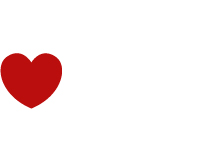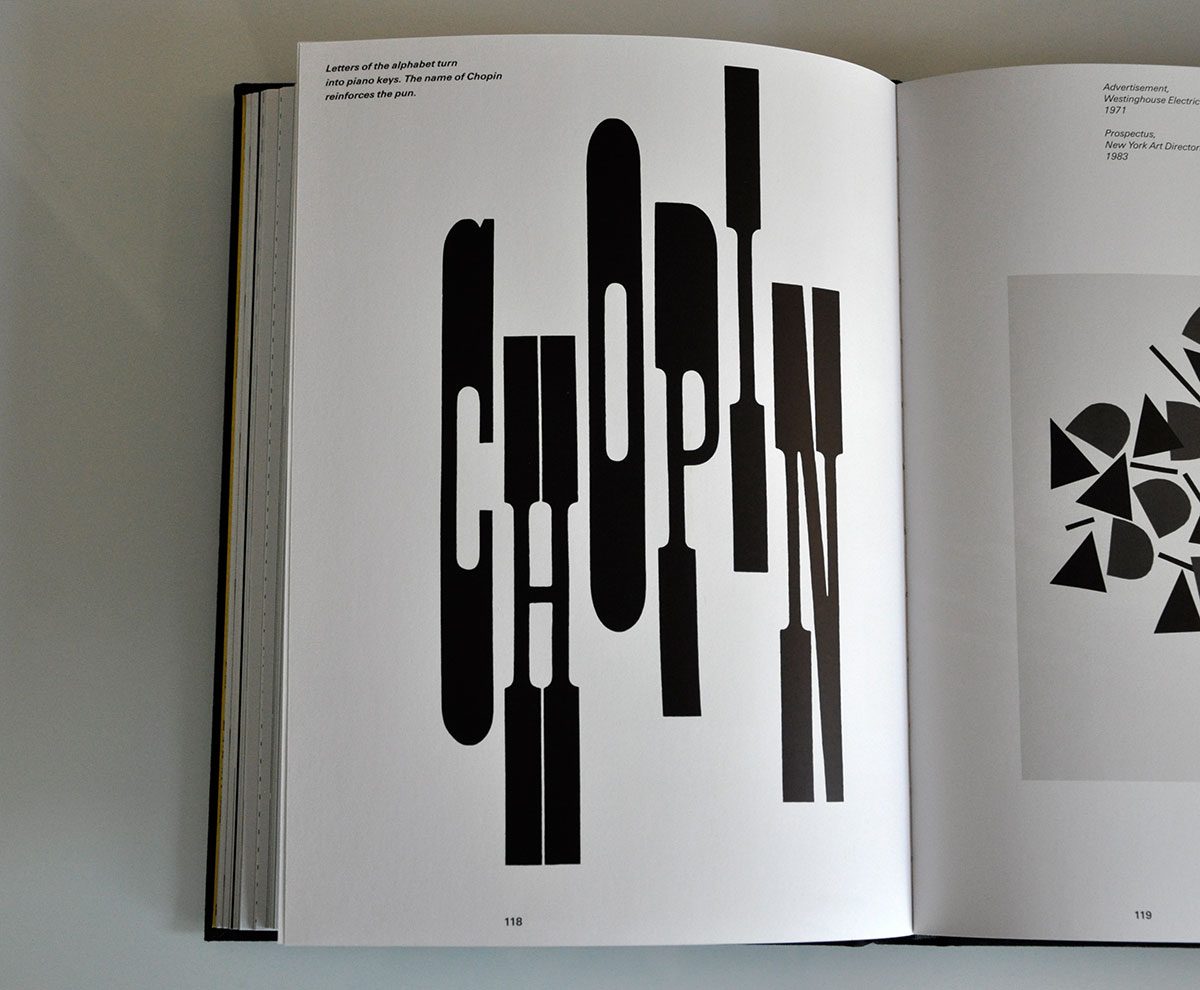Under the leadership of Austrian brand owner Dietrich Mateschitz, Red Bull’s epic forays into art, racing, flying and even space have made the brand, and the Red Bull logo, a global phenomenon. In terms of experience and communication, Mateschitz’s company added incalculable value to the brand. Where they didn’t add value was the design of the original Thai energy drink. And that of course, is what has added value. Sometimes, knowing when not to meddle with the magic is the thing that makes the magic itself.

In the 1970s, Red Bull was being marketed at farmers, construction workers and truck drivers in Thailand. Krating Daeng (‘Red Bull’ in Thai) was a populist drink for the working man: one that allowed you to overcome fatigue, pull a double shift, or drive all night.

It formed a long-standing association with Muay Thai (Thai kick boxing), which gave it popularity and street cred. With a potent mix of sugar, caffeine, and taurine all packed up in a small medicinal brown glass bottle with a bright, colourful label, Red Bull became something of a success amongst its working-class consumer base.

It started with a humdrum business trip to Thailand for Austrian Dietrich Mateschitz. He stumbled across the drink and apparently discovered that it ‘cured’ his jet lag. In partnership with Thai inventor Chaleo Yoovidhya they launched a version of the Thai drink slightly modified to suit European tastes. The rest, as they say, is history.
Red Bull’s evolution from quirky local drink to global mega-brand is a master-class in how to execute a brilliantly joined-up communications idea across big-idea events. But it’s also a lesson in the value of restraint and sensitivity. When Mateschitz decided to launch ‘Krating Daeng’ in Austria, he was careful to retain the iconography of the brand, leaving its charging bulls virtually untouched. He recognised, perhaps, that a sense of the ‘foreign’, the exotic, the quirky and the doubtless potent would be positive associations for a new energy drink brand.

Design icons aren’t built overnight, and knowing when not to change them is a valuable skill. So now the world is richer for having two Red Bull brands that are of course, same same but different.
Above info courtesy of Champions of Design 4, by jkr. The book gives an insight into some of the world’s most successful brands. Previous jkr publications can be downloaded from the Kindle store.
Did you know?
Thanks to Red Bull, its co-owner, Dietrich Mateschitz is the richest man in Austria.
Red Bull owns four football teams (based in Leipzig, Salzburg, New York and Campinas in Brazil) and two F1 outfits. Its F1 operation is said to cost the company half a billion dollars annually.

The Johnson Banks blog takes an interesting look at Red Bull’s F1 paint job. Definitely a change from the norm.
If you found this interesting, you might also like to read the story of the Coca-Cola logo, or for something a little different, ten logo design tips from the field.





Comments
Just in case it’s of any interest, Red Bull Music Academy rebuild the logo to work as the backdrop for public interviews with musicians/music business types they host in cities all over the world. Each logo is rebuilt in a local theme and here’s a version I built out of lego for the Copenhagen branch. http://simonroche.prosite.com/305128/2159481/projects/red-bull-lego-signage
From where did the Red Bull brand color come from? And why?
I have been approached to advertise the Red Bull logo on my vehicle and wanted to know if this is legitimate.